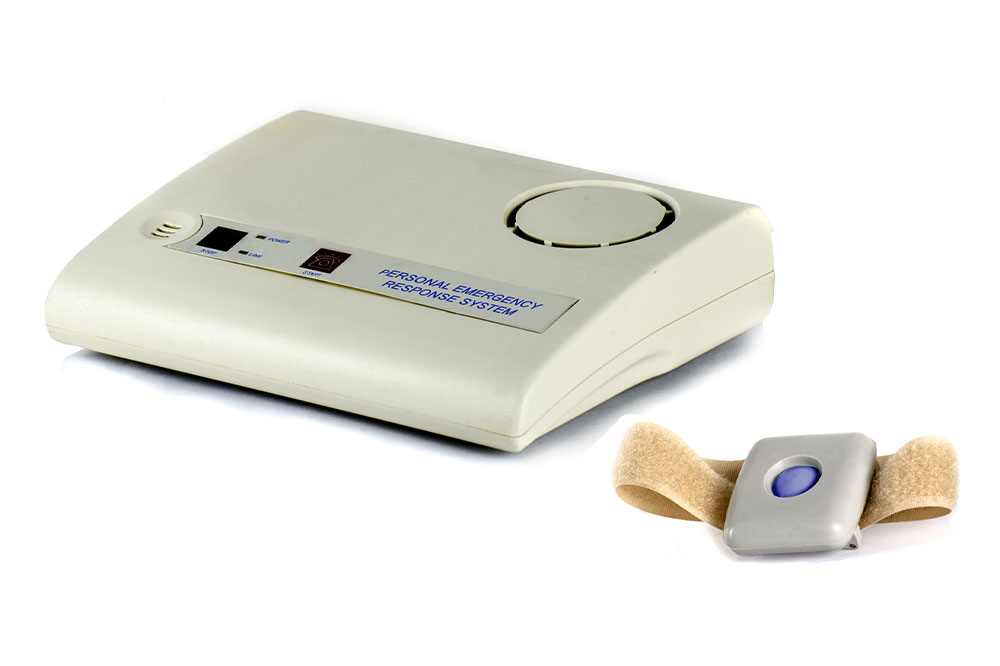The Complete Guide to Automated External Defibrillators (AEDs) and Their Critical Role in Saving Lives
This comprehensive guide explains the importance, operation, and accessibility of Automated External Defibrillators (AEDs). It emphasizes their role in emergency cardiac care, highlighting how quick response and widespread training can dramatically increase survival rates during cardiac arrests. The article covers AED placement, usage steps, signs of cardiac arrest, and the significance of community awareness, providing a detailed resource for public health and safety education.

Understanding Automated External Defibrillators and Their Vital Role in Emergency Resuscitation
Over recent years, the incidence of sudden cardiac arrests has notably increased, positioning it as one of the leading causes of death worldwide. These unpredictable events often occur without warning and can strike anyone, anywhere—whether at home, work, or public venues. The critical factor determining survival in such emergencies is the immediacy of response. Recognizing this, medical professionals and safety advocates emphasize the importance of Automated External Defibrillators (AEDs) as essential life-saving devices. Their availability and proper usage significantly improve survival rates, turning the tide in moments of crisis.
In legal terms, Good Samaritan laws have been enacted in many regions to protect individuals who provide emergency assistance, including AED operation, from potential legal repercussions. This encourages more people to intervene confidently in critical moments. To fully comprehend the significance of AEDs, it’s necessary to understand what they are, how they operate, and why they have become indispensable in emergency response protocols.
What Is an Automated External Defibrillator (AED)?
An AED is a compact, portable device designed to treat individuals experiencing sudden cardiac arrest, a condition characterized by disorganized heart activity that prevents effective blood circulation. The device analyzes the patient’s heart rhythm instantly and, when appropriate, delivers an electric shock known as defibrillation. This shock can restore a normal heartbeat, effectively reversing the deadly arrhythmia. Due to their user-friendly nature, AEDs can be operated by individuals with minimal medical training, provided they follow the device’s clear voice prompts.
How Do AEDs Function?
AEDs function by analyzing the electrical activity of the heart through electrodes that are attached to the patient’s chest. Once the device evaluates the heart rhythm, it determines whether a defibrillation shock is necessary. If so, it guides the user through each step, delivering a safe and controlled electric pulse designed to reset the heart’s electrical system. The entire process is rapid, often taking less than a minute from activation to shock delivery. Immediate use of an AED within the first few minutes of arrest can increase survival chances from around 5% to as high as 80%. This stark difference underscores the importance of quick action and AED accessibility.
When Should You Use an AED?
Recognizing the signs of sudden cardiac arrest is crucial for timely intervention. Symptoms typically include sudden loss of responsiveness, unresponsiveness to taps or verbal stimuli, abnormal breathing or no breathing at all, and a lack of pulse. In the event of ventricular fibrillation—a chaotic electrical disturbance of the heart—the heart's electrical signals become erratic, rendering the organ unable to pump blood effectively. Immediate deployment of an AED can be life-saving, especially when combined with CPR until professional medical help arrives. The golden window for optimal intervention is within the first few minutes after collapse. Therefore, being alert to warning signs and knowing where AEDs are located can dramatically increase survival rates.
Broader Accessibility and Placement of AEDs
Promoting public access to AEDs is a public health priority. The American Heart Association strongly advocates for widespread placement of AED units in strategic locations such as schools, shopping malls, sports facilities, airports, community centers, and workplaces. Emergency medical services (EMS) also carry AEDs in ambulances and fire trucks. Visible signage indicating AED locations ensures quick identification during emergencies. Educating the public about the importance of AEDs and integrating their use into community training programs can save countless lives annually. Increasing AED availability is a cost-effective strategy that significantly boosts survival odds during cardiac emergencies.
Training for Effective AED Use
Operating an AED is designed to be intuitive; however, proper training enhances confidence and efficacy. The American Heart Association offers comprehensive online courses, such as Heartsaver, which teach laypersons how to operate AEDs correctly. Classroom training sessions, often led by certified instructors from organizations like the Red Cross, include practical demonstrations and hands-on practice. These programs emphasize familiarity with AED devices, recognition of cardiac arrest signs, and performing CPR in conjunction with AED use. Widespread training is crucial—especially in workplaces, schools, and community centers—to ensure more responders can act swiftly in emergencies. The more people familiar with AED operation, the higher the potential to save lives.





